The custard apple, also known as Annona squamosa or sugar apple, is a tropical fruit valued for its sweet, creamy pulp and unique appearance. Native to the Americas but now widely cultivated across tropical and subtropical regions, custard apple has become an important component in the global fruit trade. From Asia to South America and Africa, custard apple farming and international trade continue to rise steadily, supported by increased awareness of its nutritional benefits and expanding consumer demand.
This article explores the global custard apple trade in detail, offering country-wise data and insights into production, export, and import trends, as well as future prospects.
Global Importance of Custard Apple in Trade

Custard apples are increasingly appreciated not only for their taste but also for their nutritional profile, which includes high levels of Vitamin C, fiber, potassium, and antioxidants. With a growing trend toward exotic and nutrient-dense fruits, international demand has expanded in both fresh and processed forms (e.g., pulp, juices, ice creams).
The trade volume of custard apple is still relatively modest compared to bananas or mangoes, but the steady growth trajectory has caught the attention of agricultural exporters, especially in tropical economies.
Top Custard Apple Producing Countries
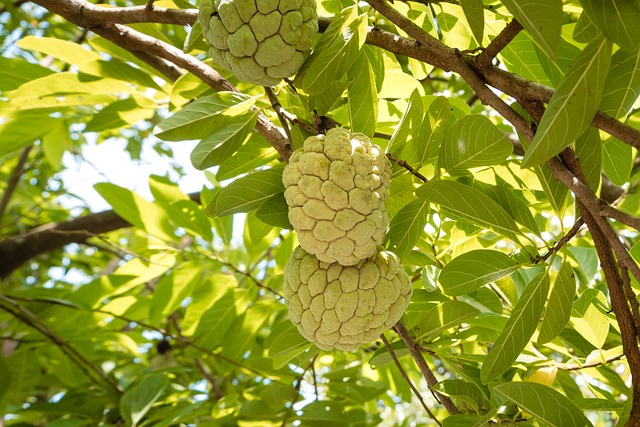
Understanding global trade starts with identifying the major producers. Here are some of the leading nations:
1. India
- Production Volume: Over 550,000 metric tons annually
- Key States: Maharashtra, Madhya Pradesh, Andhra Pradesh, Tamil Nadu
- Export Role: Major producer, but limited exporter due to high domestic demand
- Export Destinations: UAE, UK, Qatar, and Saudi Arabia
India is the undisputed leader in custard apple production. The fruit thrives in India’s dry and semi-arid regions, especially in hilly terrain. Despite the large output, the majority is consumed domestically, with only a small percentage entering global markets in fresh or frozen form.
2. Thailand
- Production Volume: Approx. 60,000–70,000 metric tons annually
- Export Role: Strong regional exporter in Southeast Asia
- Major Markets: China, Malaysia, Hong Kong
Thailand has mastered quality post-harvest treatment and logistics, allowing the country to become a competitive exporter of fresh custard apples.
3. Vietnam
- Production Volume: Estimated at 50,000 metric tons
- Strengths: Increasing cultivation and exports
- Markets: China, Japan, South Korea
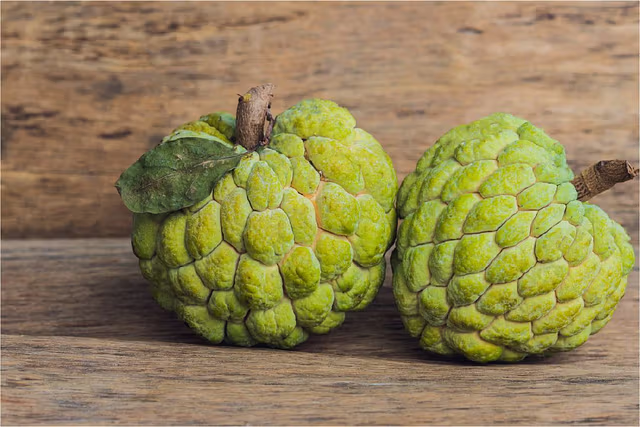
Vietnam is gradually becoming a prominent custard apple exporter, backed by supportive agricultural policies and improved cold-chain infrastructure.
4. Philippines
- Production Volume: 30,000–40,000 metric tons
- Export Role: Emerging supplier
- Markets: Primarily local and regional
The Philippines grows custard apples in a number of provinces, and recent initiatives by their Department of Agriculture aim to boost exports and establish the fruit as a niche export.
5. Brazil
- Production Volume: 25,000–35,000 metric tons
- Export Focus: Small, but growing processed fruit sector
- Markets: United States, Europe
As the custard apple’s native region, Brazil has a rich genetic diversity of Annona species. Though not a major exporter of fresh fruit, Brazil shows promise in processed custard apple products like nectar and ice cream bases.
Leading Custard Apple Exporting Countries
Exporting custard apples is challenging due to their delicate nature and short shelf life. However, with the advancement of cold storage and quick air-freight logistics, several countries have taken advantage of export opportunities.
Top Exporters (Latest Estimates, 2024 Data)
| Rank | Country | Annual Export Volume (MT) | Export Value (USD) | Main Markets |
|---|---|---|---|---|
| 1 | Thailand | 12,000 | $16 million | China, Hong Kong, Malaysia |
| 2 | Vietnam | 9,000 | $11.5 million | China, Japan, South Korea |
| 3 | India | 7,000 | $8 million | UAE, UK, Gulf Countries |
| 4 | Taiwan | 5,500 | $6 million | Japan, China, Singapore |
| 5 | Colombia | 2,500 | $3 million | US, Canada, Spain |
Note: These values include fresh, frozen, and pulp form exports.
Top Importing Nations
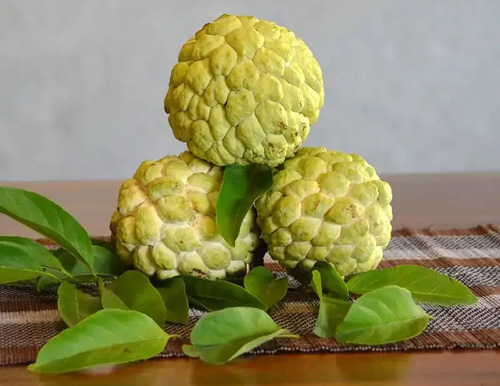
Demand for exotic fruits in international markets has fueled the rise of custard apple imports. Health-conscious consumers in North America, Europe, and East Asia are especially drawn to custard apple’s nutritional profile.
Top Importing Countries (2024 Estimates)
| Rank | Country | Annual Import Volume (MT) | Import Value (USD) | Major Suppliers |
|---|---|---|---|---|
| 1 | China | 15,000 | $20 million | Thailand, Vietnam, Taiwan |
| 2 | United States | 9,500 | $13 million | Mexico, Colombia, Brazil |
| 3 | Japan | 7,000 | $9 million | Vietnam, Taiwan |
| 4 | UAE | 6,000 | $7.5 million | India, Pakistan |
| 5 | UK | 4,500 | $6 million | India, Spain, Colombia |
Trade Challenges
Despite the opportunities, several hurdles remain in the custard apple trade:
- Perishability: The fruit ripens quickly, limiting its export viability unless proper cooling and transport systems are used.
- Pest and Disease Regulations: Strict phytosanitary requirements in countries like the U.S. and Japan limit market entry.
- Seasonality and Harvest Synchronization: Varying harvest times across countries complicate year-round supply planning.
- Market Awareness: In some parts of the world, custard apple is still a relatively unknown fruit, requiring education and marketing investment.
Innovations Driving Trade
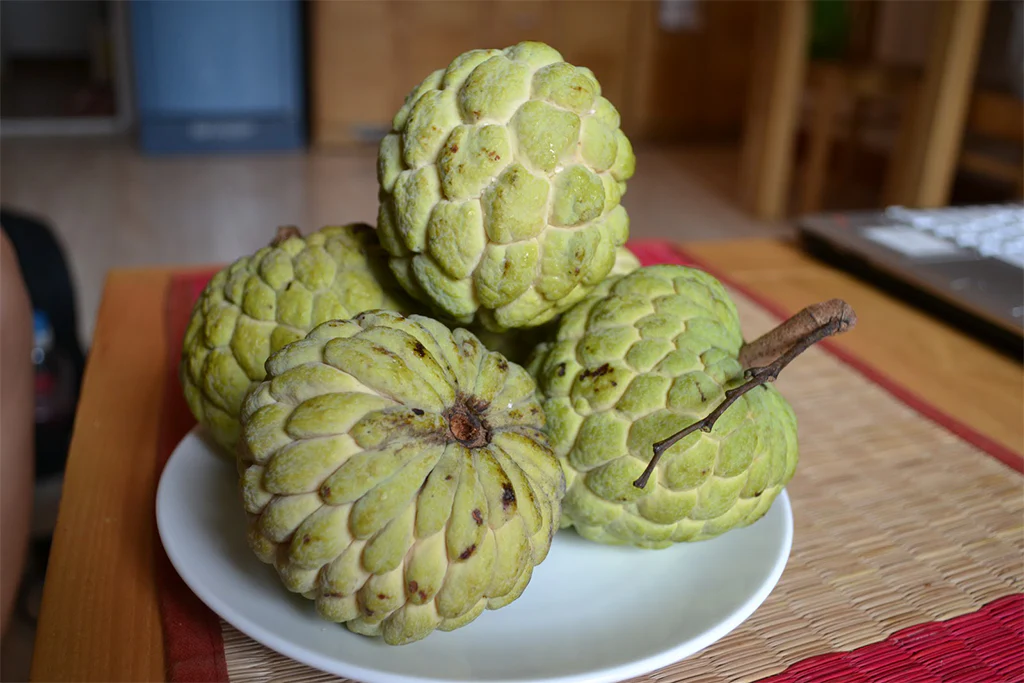
Several advances are making the custard apple trade more scalable and sustainable:
- Modified Atmosphere Packaging (MAP): Helps preserve the fruit for longer transport durations.
- Irradiation and Hot Water Treatment: Used to meet phytosanitary requirements of high-income markets.
- Cold Chain Development: Countries like India and Vietnam are heavily investing in cold storage units near production clusters.
- Contract Farming and Cooperatives: Export-focused cooperatives are helping smallholder farmers meet international quality standards.
Future Outlook: Custard Apple in Global Markets
The global market for custard apples is poised to grow at a CAGR of 6.8% through 2030, according to projections by the Tropical Fruit Trade Institute (TFTI). Increasing exports from Asia, growing demand in wellness-conscious consumer segments, and the expansion of e-commerce platforms for exotic fruits are all contributing factors.
Countries such as Peru, Ecuador, and South Africa are also experimenting with commercial custard apple cultivation, which could diversify the trade map in the coming years.
Conclusion
Custard apple trade is an emerging segment within the broader tropical fruit industry, presenting valuable economic opportunities for developing nations. While India remains the production giant, countries like Thailand, Vietnam, and Colombia are leading in terms of global trade influence. On the import side, China, the U.S., and Japan continue to drive demand.
With better post-harvest practices, innovation in logistics, and policy support, the custard apple trade has the potential to significantly scale up, offering nutritious benefits to consumers and economic gains to farmers around the globe.



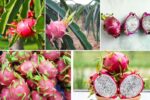

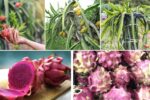
Leave A Comment